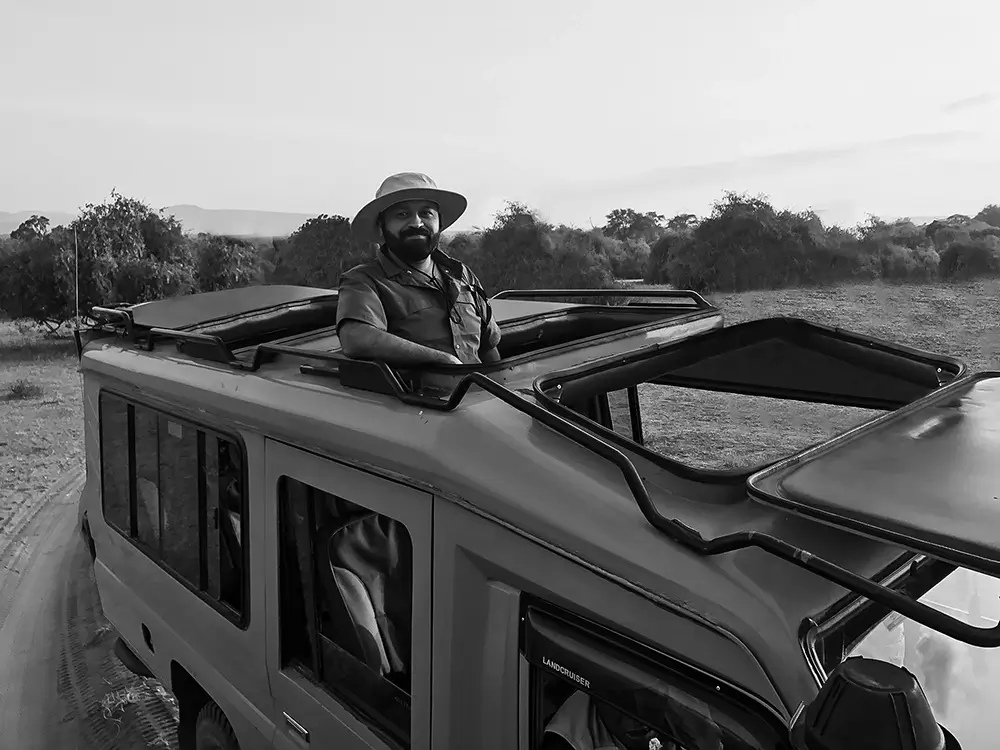Mital Patel is an internationally recognized nature and wildlife photographer who focuses on capturing beauty in all its forms—whether natural or manmade. From architecture and landscapes to the creatures of the wild, Patel has a distinct passion for capturing the most remarkable elements of life through his visual representation of movement, emotion and mood. From behind the lens, he strives to bring viewers his very unique view of nature, telling a story without words and conveying a feeling in the abstract. He challenges his audience to let their imaginations run free, taking the journey with him on his travels and opening their minds beyond the confines of static photography.
In each of his pieces, Patel hopes to offer his audience a way to view the world around them a bit differently – to appreciate the beauty of moments and places that are often overlooked. An intrepid traveler and lover of adventure, Patel’s passion for creative and imaginative photography is a great asset to his exploration of the world, which spans six out of the seven continents. His work is admired worldwide for its unique and artistic perspective.
Exclusive Interview with Mital Patel
